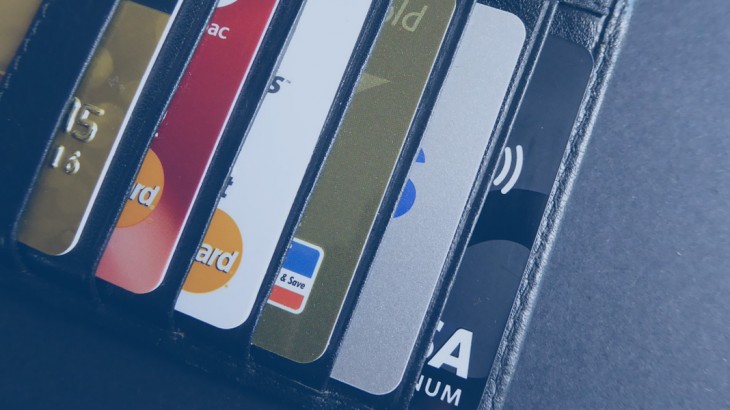Taking control of your cash flow
Once you’ve developed a plan for paying down your debt, you need to organize your cash flow so that you actually make your payments, cover your bills, and have enough for groceries. Thanks to the plethora of “free” bank accounts available in the world, it’s easy to set up a working program that requires little to no mental effort on your part. This is the best way to manage money; if you don’t have to make decisions every single time you receive money, then you’re more likely to stay on track.
Set up these three bank accounts:
- Bill and Utility Payment Account
- Savings Account
- Spending Account
Have your bills, rent, and debt repayments all go through account #1 automatically. You never miss a payment that way. Based on your previous analysis of your expenses (you did that, right?), you’ll know exactly how much money you need to keep in this account.
Let’s try an example.
Jennifer makes the following payments every month:
| Payment | Amount |
|---|---|
| Rent |
$1,000 |
| Cell Phone |
$50 |
| Gas / Hydro / Electricity |
$75 |
| Internet / Home Phone |
$100 |
| Car Insurance |
$125 |
| Car Payment |
$200 |
| Debt Repayments |
$200 |
| Total |
$1,750 |
We know that some of those payments will vary from month to month. If you look over 3-6 months of each one of those variable bills, you’ll be able to determine what the average or maximum might be. For instance, if your cell phone bill varies between $50 and $75 per month, make sure that you’re allocating $75 each month so that when the automatic payment goes through, you’ll have more than enough to cover it. Then call your provider and find out if there’s a better plan that you can be on to get consistent bills.
Total payments every month: $1,750.
Jennifer gets paid twice a month. Her net pay is $1,800 each pay period. She’ll allocate $875 from every pay cheque to the Bills account. Her bills will all be paid – because she set up automatic payments – and she doesn’t have to think about it.
Jennifer has made a commitment to put $360 every month into savings of some kind. So she allocates $180 from every paycheque to account #2, Savings. Jennifer has $565 left from every pay period ($1,130 per month) to spend on groceries, gas for her car, clothes and personal entertainment. She puts this in her “spending” account and knows that every time she uses her ATM card to make a purchase, she’s not eating into funds allocated for bills.
Every 6 months, she reviews her Bills account and her Spending account for surpluses. If she’s set it up correctly, she’ll likely have extra money in one or both accounts. She rewards herself with 50% of that surplus to spend however she wants.
